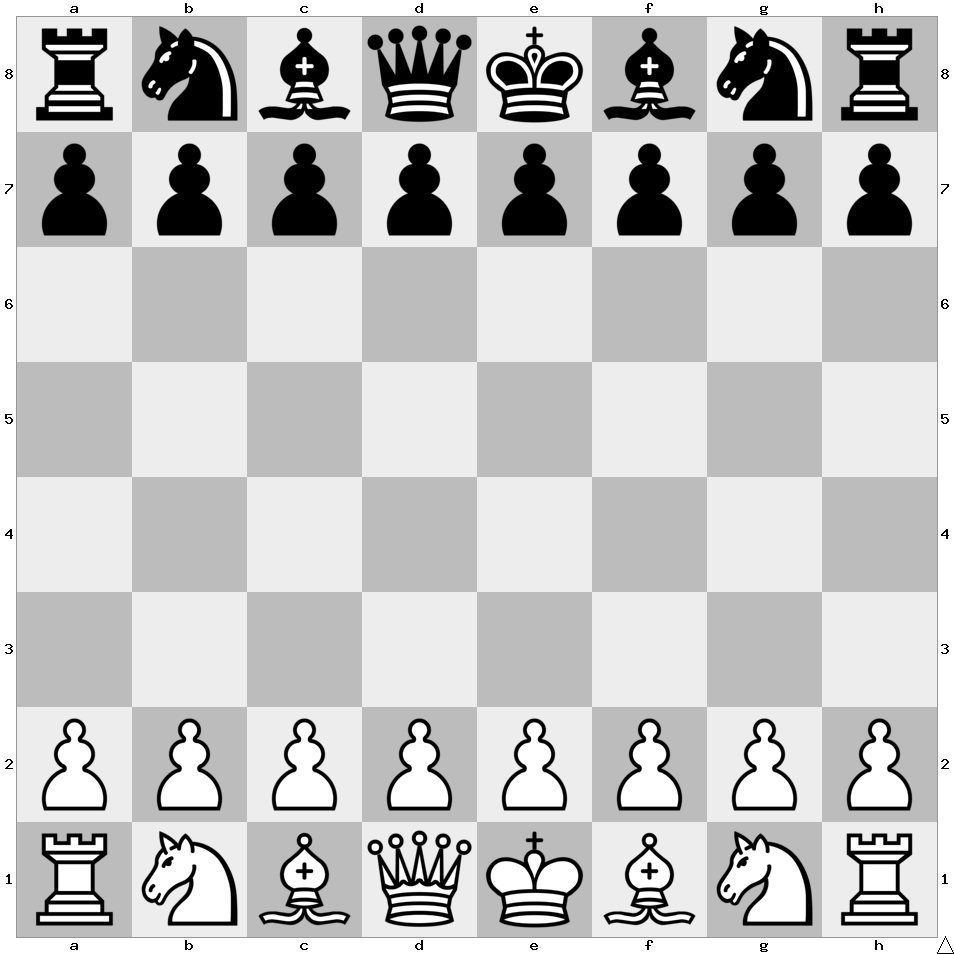Category: Brain Teasers
A collection of Math, Chess, Detective, Lateral, Insight, Science, Practical, and Deduction puzzles, carefully curated by Puzzle Prime.
We do not know where this puzzle originated from. If you have any information, please let us know via email.
Fish Eat Fish
A hundred fish are swimming along a stream at different velocities. If one fish catches up to another fish, it eats it and continues swimming. What is the expected number of fish that will survive?
Worm in an Apple
There is a perfectly spherical apple with a radius 50mm. A worm has entered the apple, made a tunnel of length 99mm through it and left. Prove that we can slice the apple in two pieces through the center, so that one of them is untouched by the worm.
Least Likely
Sarah lives in the UK. Which of these statements is least likely:
- Sarah speaks English.
- Sarah eats baby pandas.
- Sarah speaks English and eats baby pandas.
Mirror Chess
Bobby and Garry are playing chess. If Garry is playing with the black figures and agrees to mirror every move Bobby makes, what is the minimum number of moves in which Bobby can mate his opponent?

Slicing Butter
If you want to split a cubic piece of butter into 27 smaller cubes, you can easily do it using just 6 slices (imagine the Rubik’s Cube). However, after every slice you make you can also rearrange the pieces – stack them in different ways on top of each other
Mute Person, Blind Person
A mute person enters the pharmacy and decides to buy a toothbrush. He imitates the movements of brushing his teeth and thus successfully explains what he needs. After him a blind person enters the pharmacy, looking for toothpaste. What does he do?
Halftime Sentence
After one king got his first newborn child, he was so happy that decided to reduce all prisoners’ sentences in his kingdom by half. How did he handle the prisoners who had lifetime sentences?
Ancient Coins
Suppose I show you two ancient coins. The first one is dated 51 B.C., the second one is marked George I. Which one is counterfeit?
Mountain Hike
A man decides to climb a mountain. He starts at sunrise from the bottom of the mountain and arrives at the top at sunset. He sleeps there and on the next day he goes back the same way, descending at higher speed. Prove that there is some point of his path, on which the man will be at the same time on both days.




